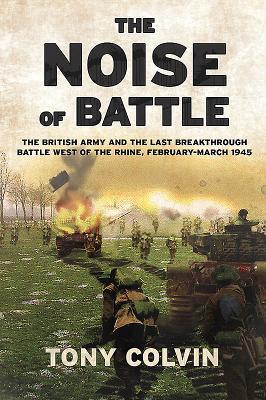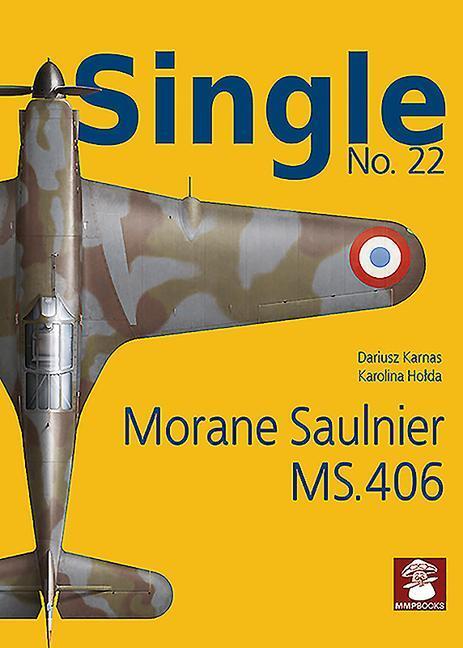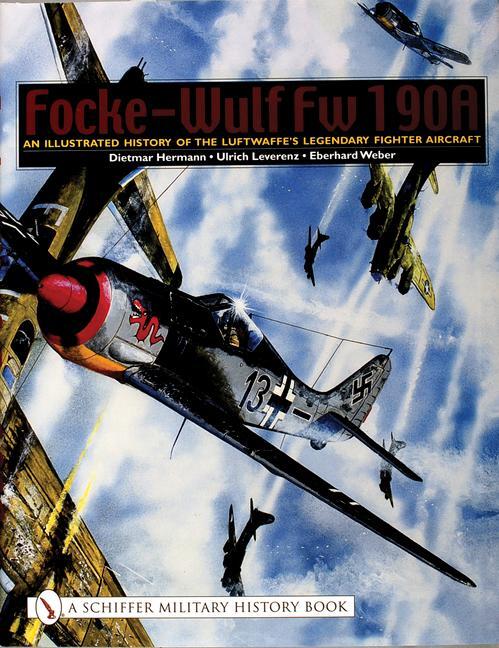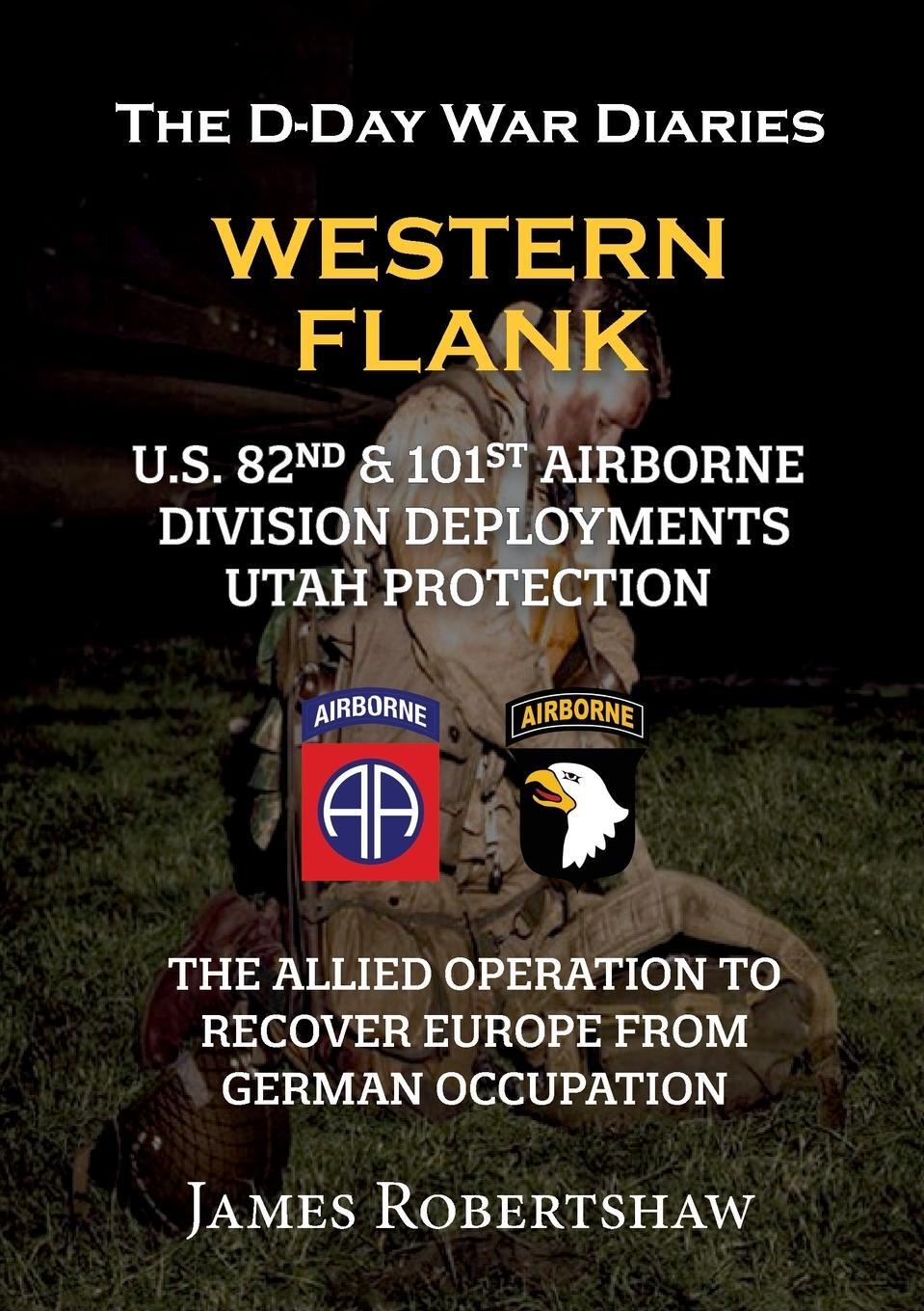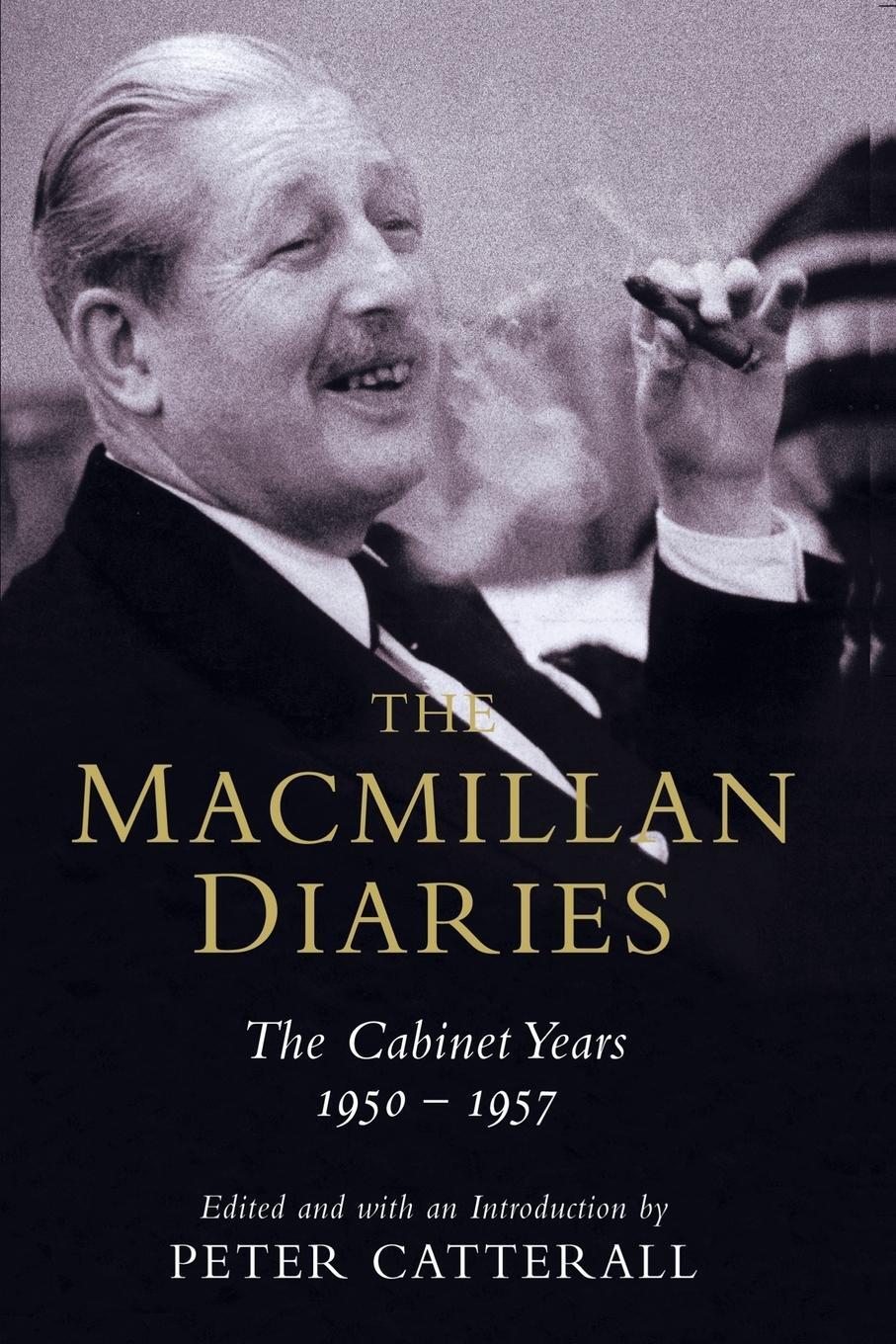Dekorationsartikel gehören nicht zum Leistungsumfang.
Sprache:
Englisch
50,00 €*
Versandkostenfrei per Post / DHL
Aktuell nicht verfügbar
Kategorien:
Beschreibung
Half of the book is a detailed description, mainly told in the words of participants, of three battles fought over four days in the Rhineland south of Goch between 27 February and March 2 1945. The battles were between 3rd Division supported by 6 Guards Armoured Brigade, and 8. Fallschirmj¿r Division. For the first time the combined actions of over 50,000 men during 96 hours have been analysed from the ground up in an unprecedented attempt to provide understanding of a significant military event. 3 Scots Guards said of Winnekendonk, "It is suggested that this will surely rank as one of the finest small scale tank/infantry battles ever executed and well worthy of more close study." The fighting was bloody and heroic, and some controversial aspects are explained for the first time. The other half of the book is an analysis of the units and people involved in the two divisions and their supporting armour and aviation. An answer is provided as to why only two months before the end of hostilities, 21 Army Group could manage only quite slow and costly progress. The answer comes from the analysis, and is tested through comparison with the contemporary Canadian Operation Blockbuster, and with two battles in the Hitler Line. Evidence is provided that there is no truth to recent claims that Montgomery's generalship was efficient and saved lives. Instead, it is shown that the military hierarchy, including Churchill, ignored the all-arms operational methodology under unitary command which Sir John Monash had developed to bring victory in 1918. In the Second World War, by contrast, the Royal Armoured Corps and 2 TAF never integrated with the infantry and artillery, and were never suitably equipped, being bound to the cultic pursuit of mobility. General Elles required that the Infantry Tank be immune to all German anti-tank guns, and his Matilda II was a major reason for the deliverance from Dunkirk and for the success of Operation Compass in North Africa. Compared with the Hundred Days of 1918, the author suggests that the British Armed forces in 1945 were relatively less efficient in all respects except that of killing German civilians in area bombing. This book's fully documented and researched conclusions provide a new and controversial interpretation of 21 Army Group.
Half of the book is a detailed description, mainly told in the words of participants, of three battles fought over four days in the Rhineland south of Goch between 27 February and March 2 1945. The battles were between 3rd Division supported by 6 Guards Armoured Brigade, and 8. Fallschirmj¿r Division. For the first time the combined actions of over 50,000 men during 96 hours have been analysed from the ground up in an unprecedented attempt to provide understanding of a significant military event. 3 Scots Guards said of Winnekendonk, "It is suggested that this will surely rank as one of the finest small scale tank/infantry battles ever executed and well worthy of more close study." The fighting was bloody and heroic, and some controversial aspects are explained for the first time. The other half of the book is an analysis of the units and people involved in the two divisions and their supporting armour and aviation. An answer is provided as to why only two months before the end of hostilities, 21 Army Group could manage only quite slow and costly progress. The answer comes from the analysis, and is tested through comparison with the contemporary Canadian Operation Blockbuster, and with two battles in the Hitler Line. Evidence is provided that there is no truth to recent claims that Montgomery's generalship was efficient and saved lives. Instead, it is shown that the military hierarchy, including Churchill, ignored the all-arms operational methodology under unitary command which Sir John Monash had developed to bring victory in 1918. In the Second World War, by contrast, the Royal Armoured Corps and 2 TAF never integrated with the infantry and artillery, and were never suitably equipped, being bound to the cultic pursuit of mobility. General Elles required that the Infantry Tank be immune to all German anti-tank guns, and his Matilda II was a major reason for the deliverance from Dunkirk and for the success of Operation Compass in North Africa. Compared with the Hundred Days of 1918, the author suggests that the British Armed forces in 1945 were relatively less efficient in all respects except that of killing German civilians in area bombing. This book's fully documented and researched conclusions provide a new and controversial interpretation of 21 Army Group.
Über den Autor
Born in 1939, Tony Colvin moved with his family from Lincoln to Germany in 1946, when his father left 3rd Division and joined the Frontier Inspection Service. Tony visited Winnekendonk in 1947, the first of thirty visits over the years and the source of his fascination with the place. Living in Ratheim on the uncleared battlefields, and visiting destroyed Jülich, Aachen and Krefeld, he was forcibly struck by the anomaly of the contrast between the destructive effects of overwhelming Allied might and the large number of 2 Lincolns' graves at Winnekendonk. This demanded an explanation that no military historian has until now provided. Schooled at Prince Rupert School Wilhelmshaven and Lincoln Grammar School, Tony read PPE at Trinity College, Oxford. He then had a career in marketing with Massey Ferguson. This involved moving to Ontario in 1985, which provided an opportunity to study the Canadian military and to take dual Canadian citizenship. In 1982 he started to research this book, interviewing all the veterans he could find before he emigrated, starting with his father's colleagues. The book was finished in about 1995, but the final chapter took until 2010 to complete, after the writing of an article about Wilhelmshaven for publication in After the Battle Magazine. Tony lives in Topsham, England.
Details
| Erscheinungsjahr: | 2019 |
|---|---|
| Genre: | Geschichte |
| Jahrhundert: | 20. Jahrhundert |
| Rubrik: | Geisteswissenschaften |
| Medium: | Taschenbuch |
| Seiten: | 824 |
| Inhalt: | Kartoniert / Broschiert |
| ISBN-13: | 9781911628415 |
| ISBN-10: | 1911628410 |
| Sprache: | Englisch |
| Einband: | Kartoniert / Broschiert |
| Autor: | Colvin, Tony |
| Hersteller: | Helion & Company |
| Maße: | 234 x 152 x 46 mm |
| Von/Mit: | Tony Colvin |
| Erscheinungsdatum: | 19.07.2019 |
| Gewicht: | 1,134 kg |
Über den Autor
Born in 1939, Tony Colvin moved with his family from Lincoln to Germany in 1946, when his father left 3rd Division and joined the Frontier Inspection Service. Tony visited Winnekendonk in 1947, the first of thirty visits over the years and the source of his fascination with the place. Living in Ratheim on the uncleared battlefields, and visiting destroyed Jülich, Aachen and Krefeld, he was forcibly struck by the anomaly of the contrast between the destructive effects of overwhelming Allied might and the large number of 2 Lincolns' graves at Winnekendonk. This demanded an explanation that no military historian has until now provided. Schooled at Prince Rupert School Wilhelmshaven and Lincoln Grammar School, Tony read PPE at Trinity College, Oxford. He then had a career in marketing with Massey Ferguson. This involved moving to Ontario in 1985, which provided an opportunity to study the Canadian military and to take dual Canadian citizenship. In 1982 he started to research this book, interviewing all the veterans he could find before he emigrated, starting with his father's colleagues. The book was finished in about 1995, but the final chapter took until 2010 to complete, after the writing of an article about Wilhelmshaven for publication in After the Battle Magazine. Tony lives in Topsham, England.
Details
| Erscheinungsjahr: | 2019 |
|---|---|
| Genre: | Geschichte |
| Jahrhundert: | 20. Jahrhundert |
| Rubrik: | Geisteswissenschaften |
| Medium: | Taschenbuch |
| Seiten: | 824 |
| Inhalt: | Kartoniert / Broschiert |
| ISBN-13: | 9781911628415 |
| ISBN-10: | 1911628410 |
| Sprache: | Englisch |
| Einband: | Kartoniert / Broschiert |
| Autor: | Colvin, Tony |
| Hersteller: | Helion & Company |
| Maße: | 234 x 152 x 46 mm |
| Von/Mit: | Tony Colvin |
| Erscheinungsdatum: | 19.07.2019 |
| Gewicht: | 1,134 kg |
Warnhinweis

